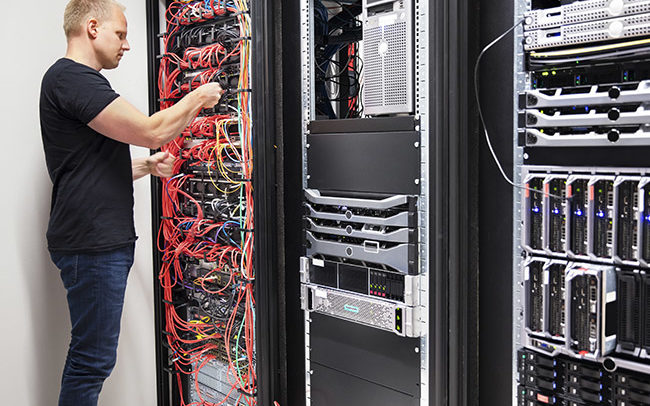
Progressive Office Cabling: Expert CAT6 Installation for Enhanced Office Connectivity
15 May 2024
In the digital age, the backbone of any successful office is its network infrastructure. Progressive Office Cabling understands this necessity and specializes in the expert installation of CAT6 cabling systems designed to meet the high-speed demands of modern businesses. Here's an in-depth look at how our technicians ensure your office space is equipped with top-tier CAT6 wiring for optimal data transmission.
Introduction to CAT6 Cabling
CAT6 cables are a step above earlier network cables, such as CAT5e, due to their ability to handle bandwidth frequencies of up to 250 MHz and speeds of up to 10 Gbps. This capability makes CAT6 ideal for supporting intensive applications such as multimedia streaming, VoIP calling, and online collaboration tools—all essential in a modern office setting.
The Progressive Office Cabling Advantage
Comprehensive Site Evaluation
Our process begins with a thorough assessment of your office layout. Progressive Office Cabling's technicians evaluate potential pathways for cabling, ensuring minimal disruption and optimal placement. This initial step is crucial for identifying the most effective strategy for cable installation tailored to your specific office needs.
Strategic Network Design
Once we understand your space, we develop a strategic design that outlines the network infrastructure. This design includes precisely mapping cable routes from your server room to all necessary endpoints, such as workstations and other network-enabled devices. We aim to create a seamless and scalable network design that accommodates current and future technological needs.
Precision in Installation
Efficient Cable Laying
Our skilled technicians meticulously lay CAT6 cables using conduits or overhead trays to protect and organize the wiring. We are particularly cautious about maintaining the integrity of the wires, avoiding sharp bends, and ensuring compliance with industry standards.
Accurate Cable Termination
Termination is a critical step where wires are fitted with RJ45 connectors or linked to a patch panel. Progressive Office Cabling prides itself on precision, using only the finest tools and techniques to ensure secure and reliable connections.
Thorough Testing Procedures
Every installation is followed by rigorous testing to certify that the new cabling meets all CAT6 performance specifications. Our technicians use advanced testing equipment to check for potential issues, such as cross-talk or interference, guaranteeing that your network operates at peak efficiency.
Documentation and Quality Assurance
Detailed Documentation
We provide comprehensive documentation and labeling of all installed cabling. This practice is crucial for future maintenance or upgrades, allowing easy identification and access to specific segments of your network infrastructure.
Final Inspection and Walkthrough
To conclude our installation, Progressive Office Cabling conducts a detailed walkthrough to ensure that every component meets our high standards and your expectations. This step confirms the operational efficiency of the entire network system.
Maintaining Your CAT6 Network
We recommend regular maintenance checks, which Progressive Office Cabling can schedule at your convenience to ensure long-term performance. These checks monitor the network's performance and preemptively address any potential issues.
Conclusion
Choosing Progressive Office Cabling for your CAT6 installation guarantees a network setup that is not only optimized for today's demands but also ready for the future's technological advancements. With our expert installation, your business can leverage faster speeds, improved connectivity, and increased productivity. Let us help you build a reliable network foundation that propels your business forward.
At Progressive Office Cabling, we are committed to providing our clients with the highest quality service and the best network infrastructure solutions. Contact us today to see how we can enhance your office's connectivity and efficiency.



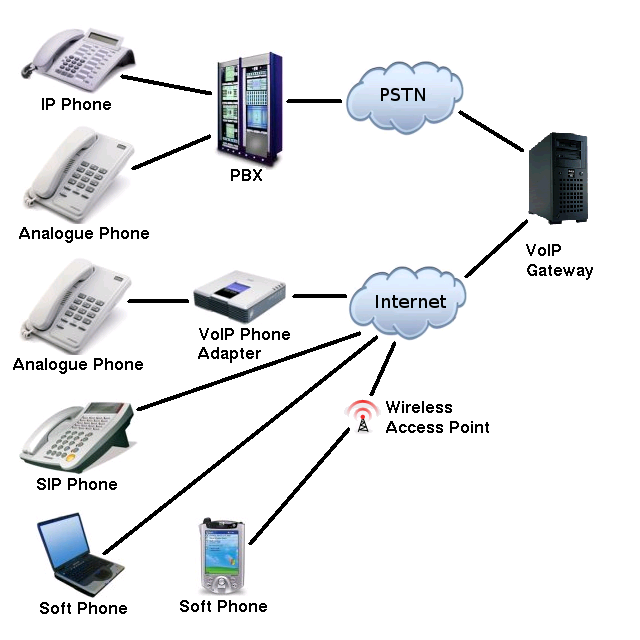
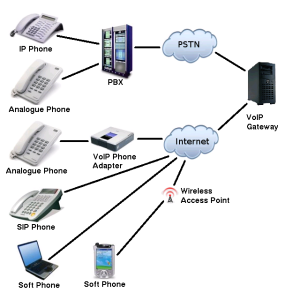 The constraints of
The constraints of 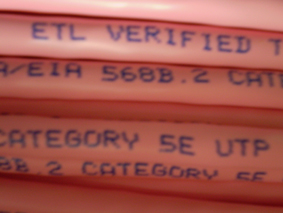

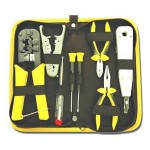 Cabling
Cabling 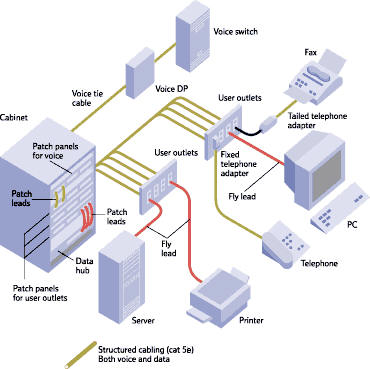
 It is known that
It is known that 
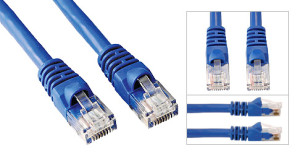 t connects personal computers to the wall plate or provides the short interconnects among the switches, routers and the patch panels in the wall closet or Server Room. These make use of stranded wires instead of solid to increase flexibility. It also lessens the risk of cracking when you unplug the cable. There is also a variety of Ethernet patch called the crossover cable. It is used to hook up two PCs together and sometimes to interconnect switches.
t connects personal computers to the wall plate or provides the short interconnects among the switches, routers and the patch panels in the wall closet or Server Room. These make use of stranded wires instead of solid to increase flexibility. It also lessens the risk of cracking when you unplug the cable. There is also a variety of Ethernet patch called the crossover cable. It is used to hook up two PCs together and sometimes to interconnect switches.


 Your office
Your office